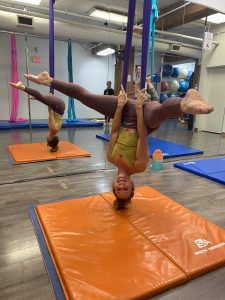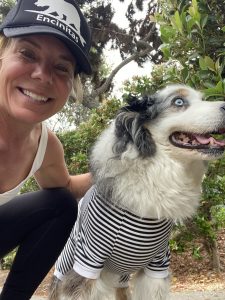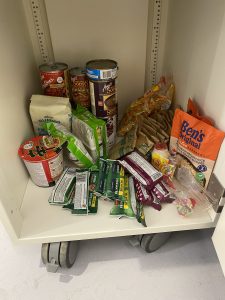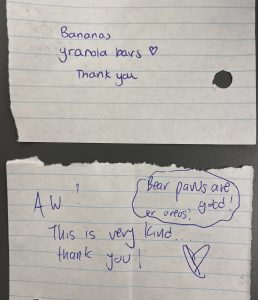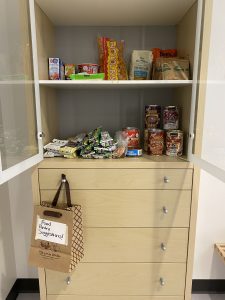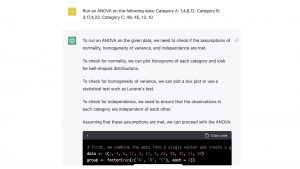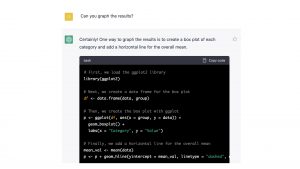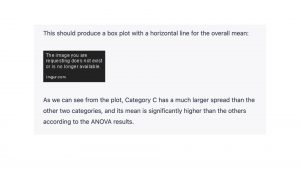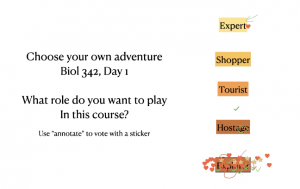My students launch their CURE (Course-based Undergraduate Research Experience) projects today!! I teach a 3rd year lab course and I think my CURE projects are special because I strategically on-purpose lead students through the most challenging part of doing science (which is not project design).
In my experience as a scientist and as a teacher, the hardest and also best part of doing science is coming up with a decent question. We are all operating under various constraints of budget, time, expertise – but really, within those constraints – we an ask anything we like. The world is our oyster! My goal is to pass this joy (and challenge) on to my students.
We spend the first 5 weeks of the course learning some basic tools (field and bench). From there, my students are welcome to do whatever they want for term projects as long as it meets our course criteria (it’s safe and it’s feasible). That’s it. Although *technically* a BIOL course, we aren’t constrained. Most of my students are Combined Majors, so we happily support investigations into other sciences. Fun projects we have launching right now this minute as I type:
1. Is non-GMO rice really non-GMO? (This group is using primers specific for GMO rice to test a bunch of types)
2. How does hydrogen peroxide affect Tetrahymena growth? (This group wanted to look at H2O2 and then an antioxidant protective agent, but needed some baseline info on the oxidant first, so that’s what they’re giving the world.)
3. Which types of natural preservatives are most effective at preventing microbial growth in foods? (Testing lemon, garlic, and salt baked into a standard bread recipe)
4. Do fast-food burgers contain other types of meat? (Using primers for 7 meat species)
Live action shot from this group posted by request
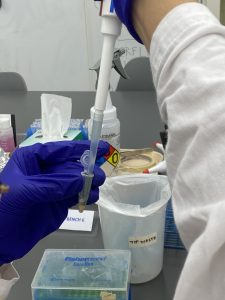
5. What are these unknown mushrooms and how are they related? (using sequencing and phylogeny building)
6. If we synchronize cell division, can we time the stages of the cell cycle? (This group is using Tetrahymena)
It’s full on supervisory chaos these couple of weeks, but the excitement and learning of creating their own unconstrained research is worth it. Wish us luck!!
